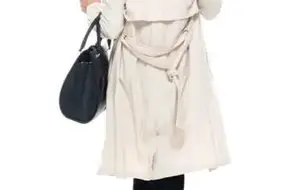-
Discover Taipei’s Iconic Landmarks: A Journey Through History, Culture, and Sky-High Views
Have you ever wondered what makes Taipei’s skyline so unique? The city blends modernity with tradition, offering a mix of towering skyscrapers, historic temples, and cultural hubs that define its identity. Whether you’re a first-time visitor or a seasoned traveler, Taipei’s landmarks provide a glimpse into Taiwan’s soul. Let’s explore the must-see architectural wonders and hidden gems that make this city unforgettable.
What is Taipei’s Most Famous Skyscraper?
No trip to Taipei is complete without visiting the Taipei 101, once the tallest building in the world. Standing at 168 meters (550 feet) with 101 floors, its sleek, bamboo-inspired design symbolizes growth and resilience. The observation deck on the 89th floor offers panoramic views of the city, while adrenaline junkies can test their limits on the Skyline 460 outdoor platform—a glass-floored walk 460 meters above the ground! For a deeper dive, check out the Taipei City Hall nearby, where urban planning exhibits showcase the city’s evolution.
Which Historic Sites Shape Taipei’s Skyline?
Just a short metro ride from the hustle of Xinyi District lies Longshan Temple (Lungshan Temple), Taipei’s oldest and most cherished Buddhist temple. Built in 1738, its intricate carvings, ornate roof, and smoky incense trails transport visitors back to Qing Dynasty Taiwan. Nearby, Montmartre-inspired alleys in the Wanhua District host street art and retro tea shops, blending old-world charm with creative energy. Don’t miss the Bodhi Revealed Arhat Hall, home to lifelike statues of 1,000 Buddhist disciples—a surreal cultural experience.
What Cultural Treasures Lie Outside the City?
While not in Taipe
-
When planning a trip to Taipei, one of the first questions travelers ask is whether they need to book attractions online ahead of time. The answer? It really depends on the season, the venue, and how much you value flexibility. For

